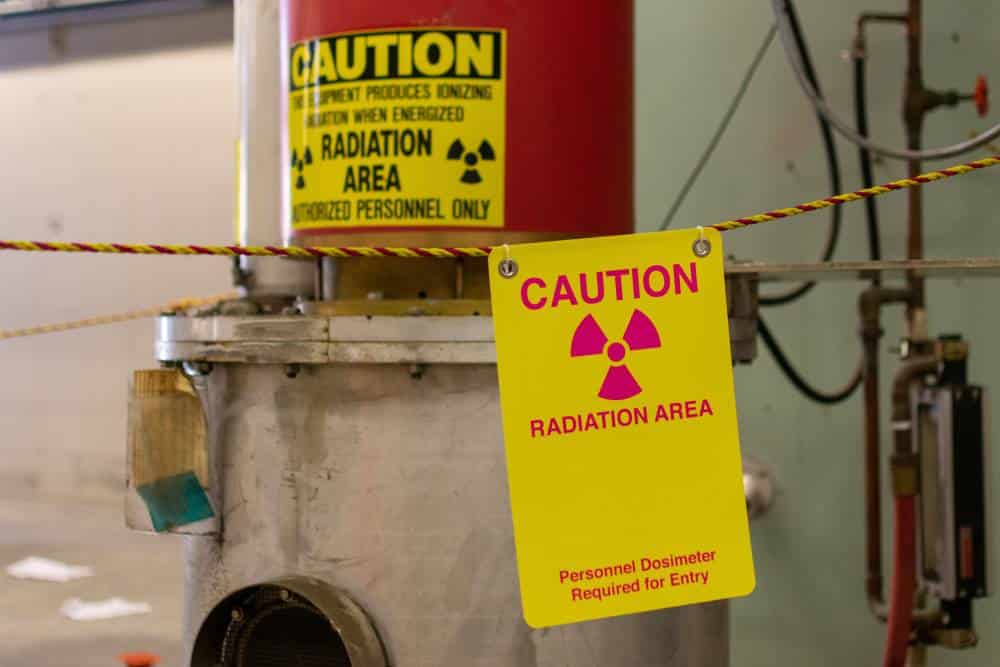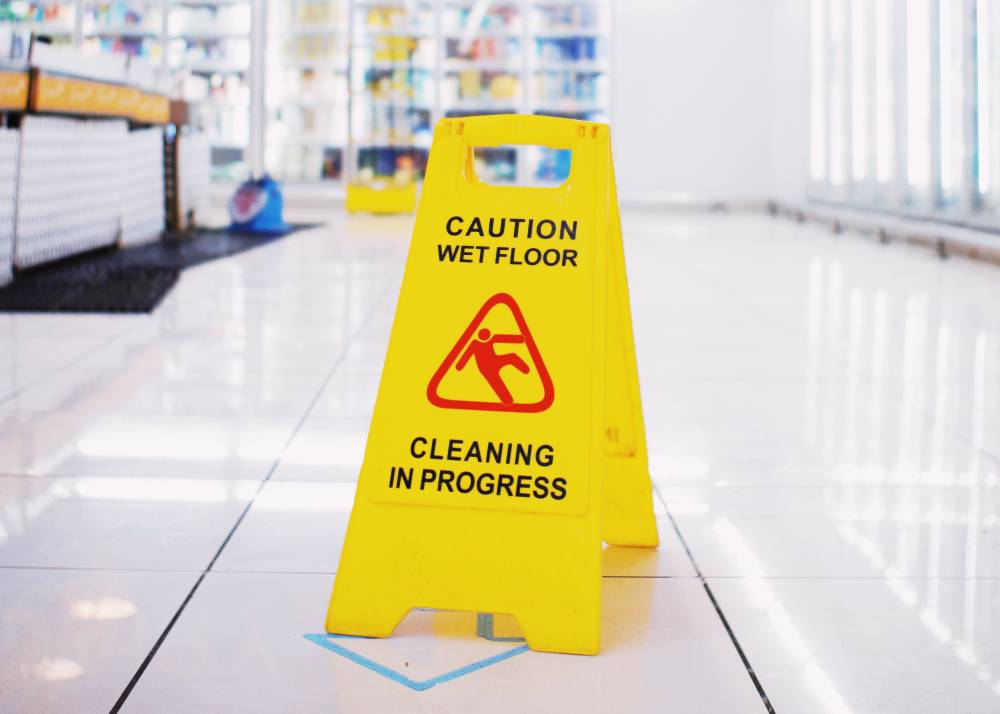Workplace signs are an essential part of any workplace. They help to keep employees safe and informed while they are working and help to reduce workplace injuries. In fact, workplace signs may be required by law in some workplaces. It is important to know what workplace symbols are necessary for your business and how to use them correctly.
In this blog post, we will discuss the importance of workplace signs, why every business should have them in place, and provide some tips on using them effectively in your business.
First, what are workplace signs?
What Are Workplace Signs?
Workplace signs are physical signs that are placed in the workplace to provide information or warnings to employees. They can be found in all sorts of workplaces, from factories and construction sites to office buildings and retail stores.
They come in many different shapes and sizes, but all serve the same purpose: to keep employees safe and informed while they are working.
Types of Workplace Signs
Workplace signs are an essential part of any workplace. They provide important safety information and guidelines to employees to ensure workplace safety. They can be divided into two main categories: safety signs and informational signs.
Safety Signs
Workplace safety signs are used to warn employees of potential hazards. They are typically red or orange in colour and feature a pictogram or symbol to represent the hazard. Common safety signs include:
-Fire safety signs
-Fire exit signs
-Eye wash station signs
-Dangerous chemicals signs
-Forklift traffic signs
Danger Signs: These signs are used to warn employees of an imminent hazard or hazardous condition that could be life threatening or lead to serious injury. It is often shown as the word “danger”, often in a red background. Common danger signs include:
-Danger – high voltage
-Danger – asbestos
-Danger – fumes
-Danger – falling objects
Caution Signs: These are safety signs intended to warn employees of a particular hazard that could result in minor or moderate injury. Common caution signs include:
-Wet floor signs
-Slippery surface signs
-Falling object hazard signs
-Construction zone signs
Warning Signs: These signs are used to warn employees of a potential hazard that could result in property damage. They are typically yellow or black in colour and feature a pictogram or symbol to represent the hazard. Common warning signs include:
-Caution slippery floor signs
-Do not enter signs
-High voltage signs
Informational Signs
Informational signs are workplace signs that provide employees with information about the workplace. They are typically blue or green in colour and feature text or symbols to represent the information they convey. Common informational signs include:
-Restroom signs
-Exit signs
-First aid signs
-No smoking signs
Mandatory Signs: These signs are used to indicate that a certain action is required and must be carried out in order to stay safe. They typically feature a blue round pictogram or a symbol in a blue circle (to represent the required action) on a white background. Common mandatory signs include:
-Wear protective equipment signs
-Use ear protection signs
Prohibition signs: These signs are used to indicate that a certain action is not allowed and must not be carried out. They typically feature a red circle with a diagonal line through it (to represent the forbidden action) on a white background. Common prohibition signs include:
-No smoking signs
-No cell phones signs
Emergency signs: These signs are used to indicate the location of emergency-related facilities such as emergency exits, equipment, and services. They typically feature a green background with white text or symbols. There are several examples of emergency information signs, such as:
-Fire alarms and other fire signs
-First aid signs
-Emergency exits
Regulatory Signs: Regulatory signs provide information on workplace policies and procedures. They are typically white with black text or symbols. Common regulatory signs include:
-No parking signs
-Do not block door signs
-Employees only signs
Workplace Signs Requirements
There are workplace sign requirements that employers must follow in order to ensure workplace safety. The type of workplace sign that is required will depend on the hazard present. For example, if there is a fire hazard, then a fire safety sign must be posted.
Some workplace signs are required by law, such as fire exit signs and first aid signs. Other workplace signs, such as those that prohibit smoking or cell phone use, may be required by company policy.
It is the employer’s responsibility to ensure that the correct workplace signs are posted and that employees are aware of their meaning. Failure to do so could result in workplace injuries, property damage, or even legal liability.
Workplace signs are a key part of workplace safety. By posting the correct workplace signs, employers can help to reduce workplace injuries and resulting losses.
Why You Need Workplace Signs
Every workplace should have workplace signs in place to keep employees safe and informed. There are many benefits of having workplace signs in your business, including:
1) Reduces workplace injury
Workplace signs can help to reduce workplace injuries by providing employees with information about potential hazards. Injured workers often say that they were not aware of the hazard that led to their injury. By placing workplace signs in the workplace, you can help to raise awareness of potential hazards and prevent workplace injuries from happening.
2) Increases work performance
Workplace signs can also help to increase work performance. By providing employees with information about the workplace, they can be more efficient and productive. Workplace signs can also help to reduce workplace stress, which can lead to better work performance.
3) Helps to create a safer workplace
Workplace signs can help to create a safer workplace by providing employees with information about potential hazards and how to make use of safety equipment. By having workplace signs in place, you can help to make the workplace a safer place for everyone.
Workplace Safety Measures That Businesses Can Implement
There are many workplace safety measures that businesses can implement to help reduce workplace accidents and injuries. Some of these workplace safety measures include:
- Providing employees with training on safety procedures
- Workplace signs may be posted in areas where there is a potential for workplace injury, such as in areas where hazardous materials are present.
- Conducting regular workplace safety audits
- Posting workplace signs
- Providing fire fighting equipment such as fire extinguishers in work environments
- Providing employees with personal protective equipment such as protective clothing like head and eye protection
- Implementing workplace safety policies and procedures
By implementing these workplace safety measures, businesses can help to create a safer workplace for everyone.
Conclusion
Workplace signs are an important part of workplace safety. They provide employees with information about potential hazards and how to stay safe in the workplace.
At Jabac, we offer an extensive range of workplace signs to suit all businesses. We can also customize signs to meet your specific needs. Contact us today to find out more about our workplace signs and how we can help you create a safer workplace.
Categorised: 2022





